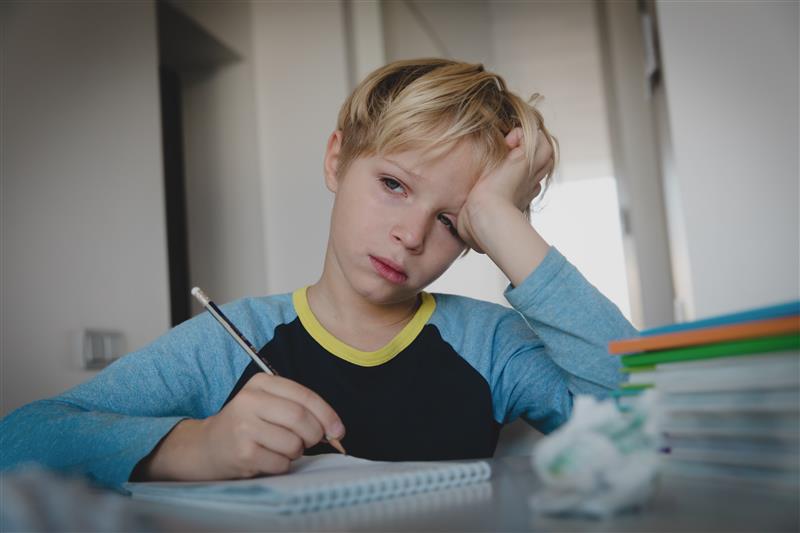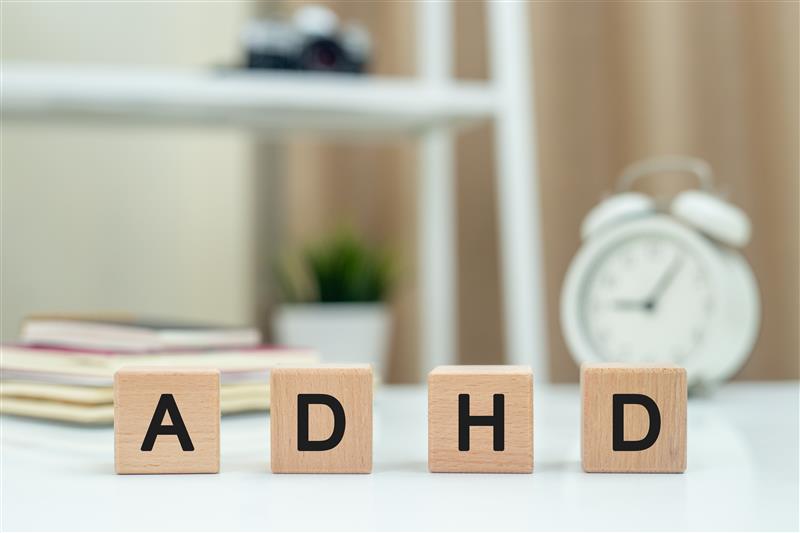So, you’ve been wondering about ADHD, how it plays out in childhood versus adulthood. That’s a good question. People often assume that if you have ADHD as a child, it simply follows you into adulthood in the same way, just with bigger responsibilities. But that’s not exactly how it works.
From a psychoanalytic perspective, ADHD isn’t just about brain chemistry or a list of symptoms, it’s about how you, as a person, are positioned within language, relationships, and the demands placed on you by the world. So let’s explore that together.
ADHD in Children: Early Signs and School-Related Challenges

Let’s start with childhood. When we think of ADHD in children, we often picture difficulty paying attention, being impulsive, getting up in the middle of class, or blurting out answers. In school, these behaviours are seen as disruptive because school itself is a structured system that requires a child to sit still, listen, and follow rules.
From a Lacanian perspective, the classroom is part of what we call the symbolic order – it’s a world of rules, expectations, and authority figures. When a child struggles to follow these structures, it’s not just about their brain being wired differently; it can also be about how they are responding to the demands of this system. Some children with ADHD resist these demands, as if they are holding onto a kind of unregulated energy – what Lacan calls jouissance, an excess of excitement or stimulation that hasn’t been tamed by the rules of the game.
Parents and teachers often try to help with behavioural techniques or medication, which can certainly be useful. But from a psychoanalytic perspective, the question is: How is the child relating to these rules? How do they experience frustration, limits, and authority? Because these early experiences shape how they will handle responsibility and discipline as adults. An ADHD psychologist in Melbourne can help assess these challenges and provide tailored interventions that support the child’s unique way of functioning.
ADHD in Adults: Work, Relationships, and Emotional Regulation

Now, fast forward to adulthood. The setting changes – no more classroom, no more teachers telling you what to do every second of the day. But does that mean ADHD disappears? Not exactly.
For many adults with ADHD, hyperactivity shifts from external (running around, fidgeting) to internal—a constant restlessness, racing thoughts, or difficulty managing emotions. Instead of struggling with homework, now it’s about missing deadlines at work, forgetting appointments, or saying something impulsive in a meeting and regretting it later. Relationships can also be challenging because impulsivity and emotional intensity don’t always sit well with long-term commitments.
What’s happening here? Well, as adults, we are expected to self-regulate, to manage time and emotions on our own. But if the childhood structures that once enforced discipline (teachers, parents) are no longer there, it can feel like being thrown into deep water without a life raft. Some adults with ADHD describe feeling “out of sync” with how the world expects them to function.
From a Lacanian view, this can be understood in terms of something essential for integrating into the social order is missing. If certain structures or signifiers (like discipline, patience, or an internal sense of authority) were not fully developed in childhood, navigating the adult world can feel overwhelming. And that’s when we see avoidance, procrastination, and feelings of being ‘stuck’ or ‘lost.’
Diagnosis and Treatment Differences: A Changing Approach
Diagnosis also shifts from childhood to adulthood. When children are diagnosed, it’s usually because teachers or parents notice something isn’t working in school. There are tests, checklists, and sometimes medication is introduced early. But as an adult, there’s no teacher watching you struggle with focus – so many people go years without knowing they have ADHD. Instead, they might get misdiagnosed with anxiety, depression, or even personality disorders.
This is where psychoanalysis offers something unique. Rather than just managing symptoms, psychoanalysis in Melbourne invites you to explore how you relate to this problem. Do you see ADHD as an obstacle, as a defining part of your identity, or as something that gives you a different way of engaging with the world? Many adults carry unconscious meanings from childhood: perhaps feeling “lazy,” “scatterbrained,” or “not good enough” – which can influence how they relate to their difficulties. Therapy can help unpack these issues.
Coping Strategies: Managing ADHD Across the Lifespan
So what can be done? Managing ADHD isn’t just about taking medication or using planners (though those can be helpful). It’s about understanding your relationship with structure, demand, and authority. Let’s look at this across the lifespan.
For children:
- Having structured routines and clear expectations can help them integrate into the symbolic order without feeling overwhelmed.
- Parents may also benefit from their own psychoanalytic work, exploring how their own anxieties influence how they respond to their child’s behaviour.
- Giving children outlets for excess jouissance—like art, music, or sports—can provide healthy ways to channel their energy.
For adults:
- Using external structures (reminders, timers, accountability partners) can compensate for executive functioning difficulties.
- Therapy can help explore whether ADHD is being experienced as an oppressive label or as one part of a larger story about identity.
- Developing emotional regulation strategies, whether through mindfulness, writing, or reflective practices, can help with impulsivity.
Conclusion
ADHD is not just about attention or hyperactivity, it’s about how you, as a person, navigate the demands of the world. In childhood, that might mean struggling with school and authority figures. In adulthood, it can mean difficulties with self-regulation, work, and relationships.
From a psychoanalytic lens, these struggles are not just neurological but tied to early experiences with discipline, frustration, and identity. That’s why working through these issues in therapy can be so valuable. it’s not about “fixing” ADHD but understanding it as part of your unique way of engaging with life. And that understanding? That’s where real change begins.
